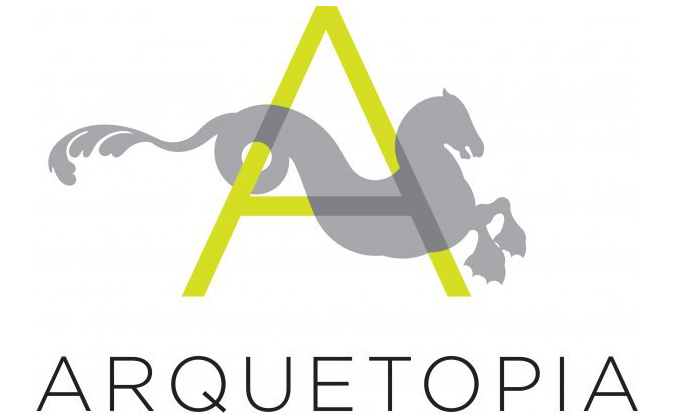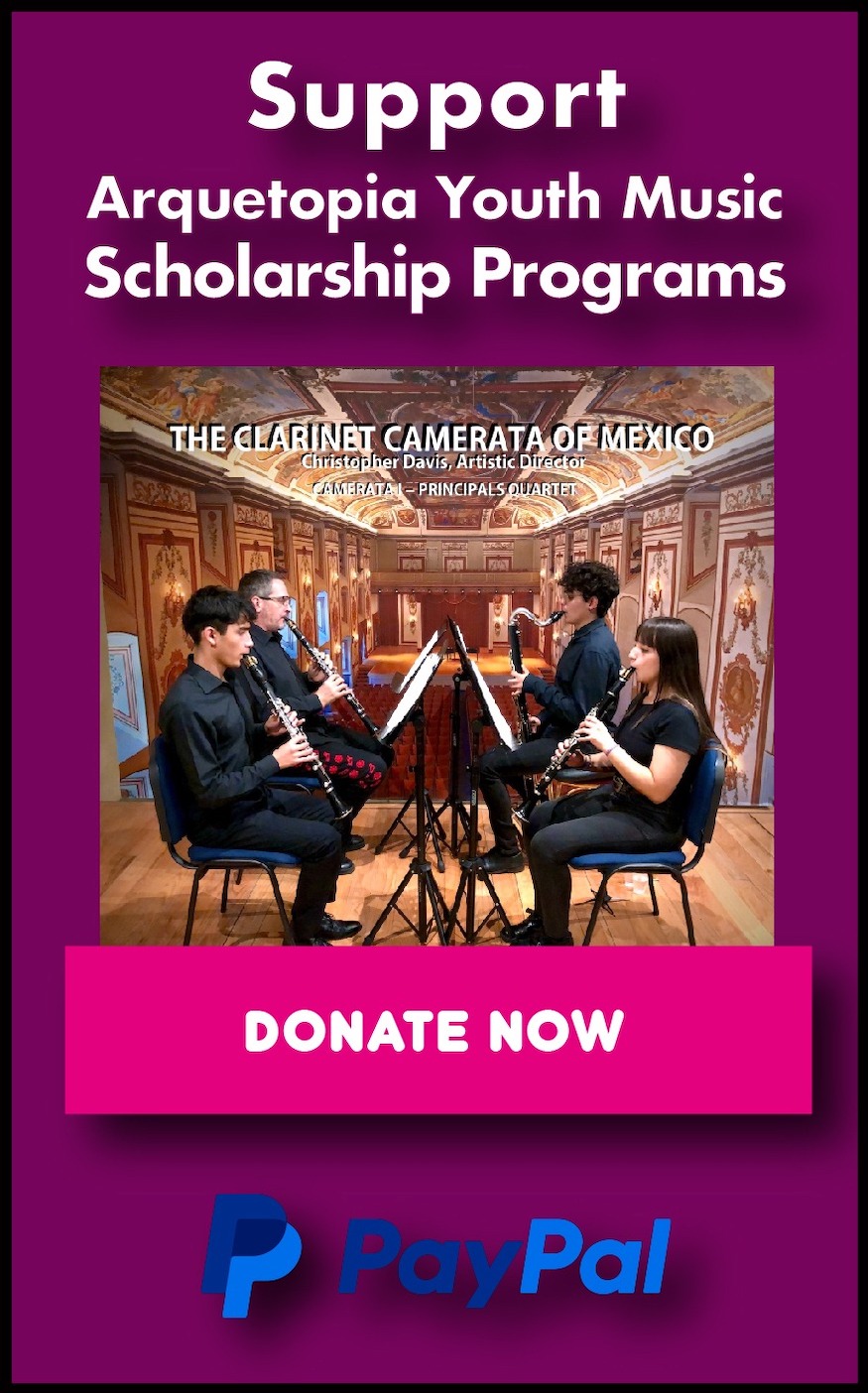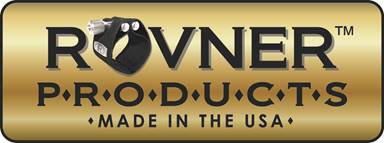Electroetching Instructional Residency Program
Location: Puebla, Mexico
All Residency Programs + Dates in 2024 & 2025
Missed the April 1 Deadline? E-mail Us at This email address is being protected from spambots. You need JavaScript enabled to view it.
This comprehensive, customized residency program offers competitive professional opportunities for emerging and mid-career, national and international artists and designers age 20 and over.
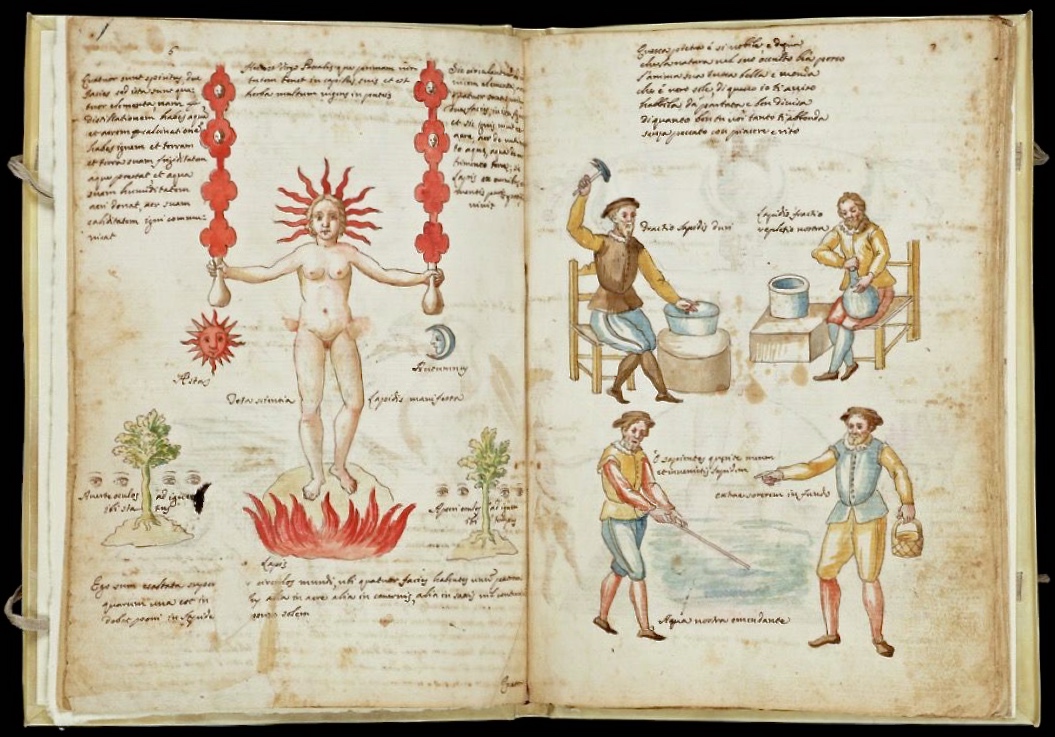
Claudio de Domenico Celentano di Valle Nove, Allegory of Distillation, ca. 1606. Image courtesy of the Getty Research Institute.
The obsession with gold in medieval times led to the science of the physical transformation of metals. Alchemy would eventually become chemistry, as the knowledge from Islamic cultures was translated into Latin, then coopted by the Catholic Church and banned for the general public, and eventually monopolized by regional powers in Europe. The 17th century will be known as the period in which European empires would consolidate modern science leading to the codification of electrochemistry in the 1800s. Soon, the British Empire would monopolize the art of electroplating, and the dream of King Midas of turning everything into gold came true. The first patent for engraving metals by voltaic electricity was granted in 1840, and electro-deposition became a technique widely used to reproduce printing plates, plating metal objects, decorating silverware and marking cutlery.
Printmaking is one of the oldest traditions used by the modern world. From the reproduction of books to the making of money, it became a technology that allowed the massive reproduction of information and facilitated transactions, becoming an integral part of our everyday life. As Benedict Anderson wrote, print technology created the possibility of a new form of imagined community which created the language of power and set the stage for the modern nation. In that sense, modernity and the language allowed irrational exploitation and pollution of the environment, and most art techniques are not excluded.

This unique program is Arquetopia’s new initiative with a non-toxic approach to expand the possibilities of printmaking and specifically intaglio techniques while also rethink our responsibility in the process of creating images. This process avoids the use of acids, highly toxic substances and aggressive chemicals, replacing them with the electroetching technique that uses electric current in an electrolyte solution and an anode and cathode to etch a metal plate. This solution does not generate fumes or toxic gases during the etching process. The effect produces a uniform porous structure on a bare metal surface that is more precise and allows more variables in terms of intensity and speed than the process of acid etching.
The Electroetching Instructional Residency is a mentored production residency in printmaking that includes 3 weeks of instruction (27 hours total; 9 hours per week) specifically in electroetching, by a prominent master printer. Artists learn the technique of electroetching and its diverse qualities and possibilities for printmaking. As part of the process, artists learn the electro chemistry applied on metal plates, the use of electrolyte solutions, anodes and cathodes, and the variations in direct electric currents. The residency includes the solutions, and two metal (copper and iron) plates are included as part of the residency. Instruction is in Spanish, though resident artists need not speak Spanish in order to successfully complete the course. Individual mentoring is provided by our directorial and curatorial staff for personalized research assistance/resources, project guidance, and critique. This residency also provides some printmaking materials and access to our printmaking studio, to produce work on site at Arquetopia. The techniques offered are intaglio, linoleum, woodcut, polyester plate, silkscreen and the unique opportunity of working with a specific lithography stone from Mexico. Maximum of the etching press are 24 X 45 inches.

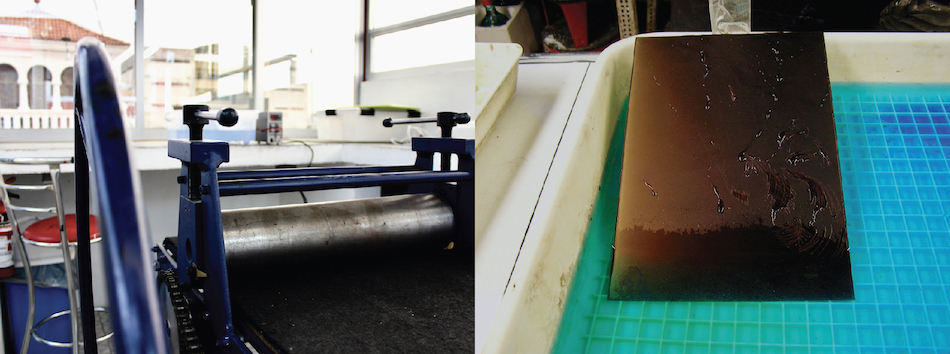
RESIDENCY DURATION / TIME PERIOD
Sessions of 3 weeks, with option to extend for 1 to 3 more weeks of continued production as a standard Printmaking Residency. Dates are not predetermined but are proposed by the applying artist.
WHAT THIS COMPREHENSIVE INSTRUCTIONAL RESIDENCY PROGRAM INCLUDES
Technique Instruction:
- 27 hours master instruction (9 hours per week)
- Each resident artist meets weekly with our directorial and curatorial staff for personalized mentoring, research assistance/resources, project guidance, and critique
- Furnished, private bedroom
- 24-hour access to the kitchen for residents to prepare their own meals; residents are responsible for their own meals/food
- Wireless Internet
- Use of Arquetopia’s residency common spaces including outdoor terraces
- Shared, serviced (single) bathrooms with modern fixtures and showers
- Housekeeping
- Bright and spacious on-site printmaking facility with 24-hour access
- 24-hour access to large and bright, shared art studio with generous natural light
- Personal workspace with large table and wall space
- Some tools provided
- Materials and supplies for the instructional course provided
- Materials and supplies for extended project production are not included but are available for purchase locally
- Some printmaking materials are not included (paper, plates, certain inks, screens); artists bring these or purchase them locally
RESIDENCY PROGRAM TUITION INFO & APPLICATION DEADLINES
E-mail This email address is being protected from spambots. You need JavaScript enabled to view it. for program tuition info and application deadlines for this program.
TO APPLY
Click here to apply for this instructional residency program.
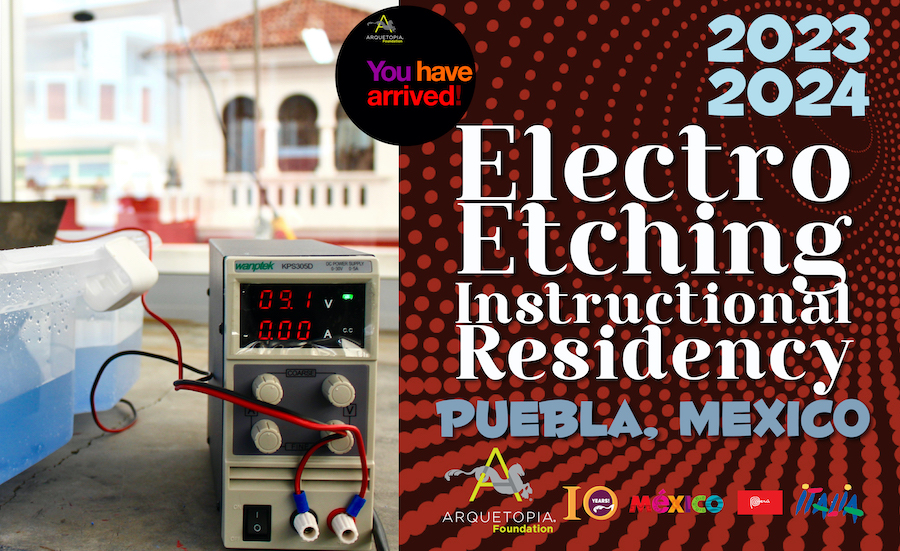
Click here to apply for this instructional residency program.

